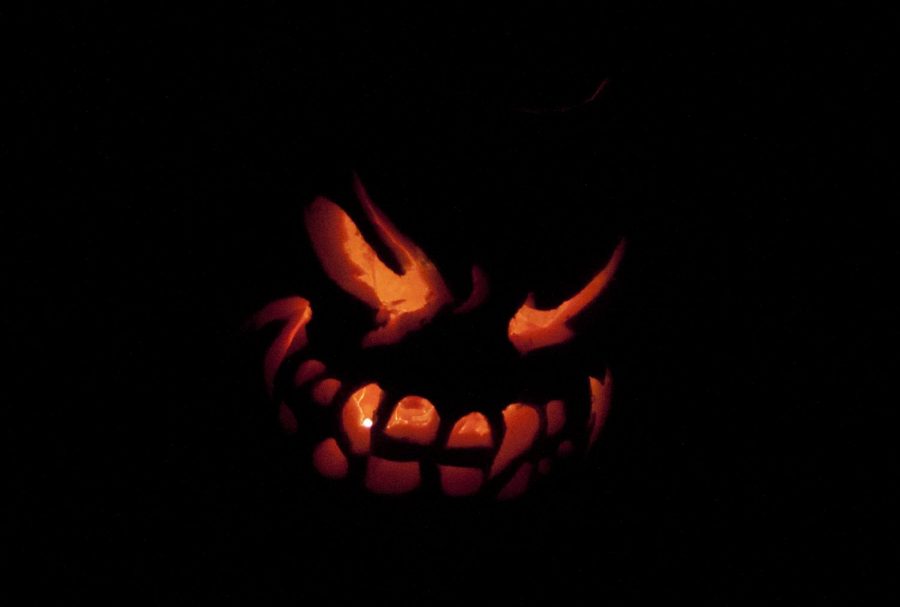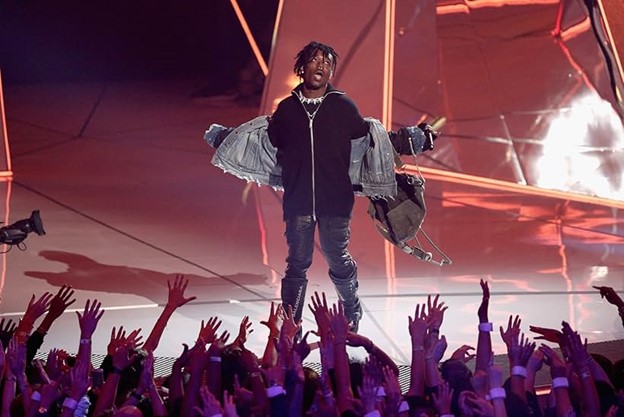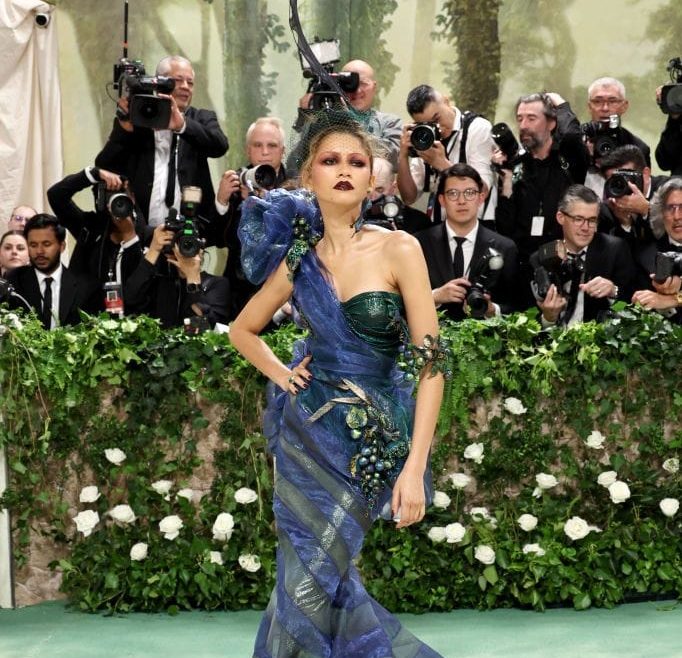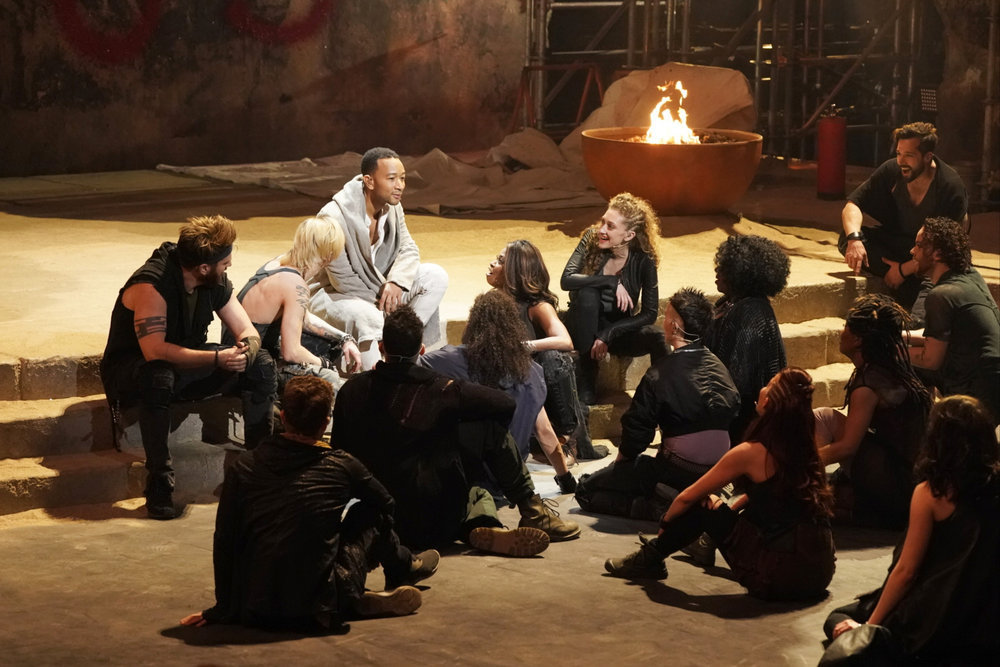Blackface
Blackface has a wicked history deeply entrenched in racism. White performers in the late 19th century to early 20th century painted their skin black with either shoe polish, greasepaint or burnt cork and painted on enlarged lips to mock the features of black people who were not allowed in entertainment circles. These blackface minstrel characters perpetuated damaging stereotypes of black people as foolish, hypersexual, lazy and prone to engaging in crime and cowardice.
Even if your intention is to dress as your favorite Black character or celebrity, blackface is an absolute no-no due to its inherent message of mockery. No matter the intent, you would be demonizing the features associated with Black people to uplift a white supremacist agenda.
If you are inclined to be a character of a different race than yours, wear an accurate non-caricature mask of the celebrity or character. You would not be simplifying one race to an exaggerated set of features if you take the time to find an accurate mask of a specific person you wish to disguise yourself as.
Native American “princess”
Wearing a costume that satirizes a marginalized community shows an overwhelming sense of ignorance in the costume-wearer. You are adding insult to injury by downplaying the oppression and romanticizing a culture that has been ravaged by resource exploitation, colonialism and violence. By taking an aspect of a culture and turning into a costume that can be put on and off is disrespectful to Natives who bear the brunt of experiencing discrimination. It delegitimizes the culture as comical and trivializes the significance Natives have assigned to their attire. “Sexy” Native American costumes, like the short, feathered Pocahontas dress, perpetuate the imperialist narrative of Indigenous women being hypersexual.
Geisha costume
There is a consistent theme among Halloween costumes of marginalized communities being made to feel sexually objectified. This is not by coincidence. Sexual objection dehumanizes others and strips them of identity, reducing them to pleasure or entertainment material for the dominant culture. Cultural appropriation is often in accordance with the spread of racially insensitive misinformation and harmful stereotypes.
This is exemplified by the sexualization of geishas, professional Japanese entertainers. In 2018, the popular online shop Fashion Nova was in the headlines for a controversial skin-baring geisha Halloween costume. Outrage poured as critics remarked how Fashion Nova used an ancient tradition for profit without credit. Fashion Nova quickly pulled the costume from its catalog.
This wasn’t the first time geisha costumes have been sexualized. There is large misconception that geishas were sex workers for Japanese royalty, when this has been denounced by geishas themselves. This costume has aided in the fetishization of Asian women, as it contributes to the Asian temptress stereotype. By refusing to learn actual history and denounce costumes that spread misinformation, Geisha costume-wearers reinforce harmful ideas about Asian women.
Culturally significant symbols
Aart Olivia, an Indian writer and activist, writes, “When you have been colonised, had your finery stolen, and your identity poked fun at, cultural appropriation is not just personal; It points to a bigger picture.” Her article includes the most common Indian accessories that are frequently culturally appropriated, including the Bindi. The Bindi is known as the third eye in Indian culture and has a multitude of significant meanings, such as a symbol to gain a higher consciousness or to fend off bad luck. When a dominant culture takes a meaningful symbol of a minority culture and makes it a trend, it never requires the dominant culture to learn the meaning of the symbol. The dominant culture has simultaneously stripped the original cultural value of the symbol and made it menial while also only validating the worth of the symbol under the dominant gaze: the white gaze. A cultural symbol or tradition should not be considered weird and ugly on the respective member of that culture, but cool and trendy on a white person.
Cultural symbols should be off-limits during Halloween to prevent diminishing the significance of a culture’s symbols and traditions. Skirt on the safe side, and if you have to wonder if an aspect of your costume will be racially insensitive, it is probably best to reevaluate your costume.
Samourra Rene can be reached at [email protected].




















